100+ Python AI Programs to Kickstart Your Career in Artificial Intelligence
1. Hello AI – Print “Hello AI World” 2. Fibonacci Sequence Generator (Recursion vs Iteration) 3. Tic-Tac-Toe with Minimax AI 4. Rock-Paper-Scissors AI (Random...
Read More →Explore a comprehensive collection of Python worksheets designed to help students, especially those in CBSE Class 11 and beyond, master the fundamentals of Python programming. Each worksheet focuses on essential topics like Python Tokens, Decision Making, Loops, Data Structures (Lists, Tuples, and Dictionaries), and more. These worksheets are tailored to reinforce learning through practical exercises, challenges, and real-world coding scenarios, helping students build a strong foundation in Python programming. Perfect for self-study, classroom practice, and exam preparation!
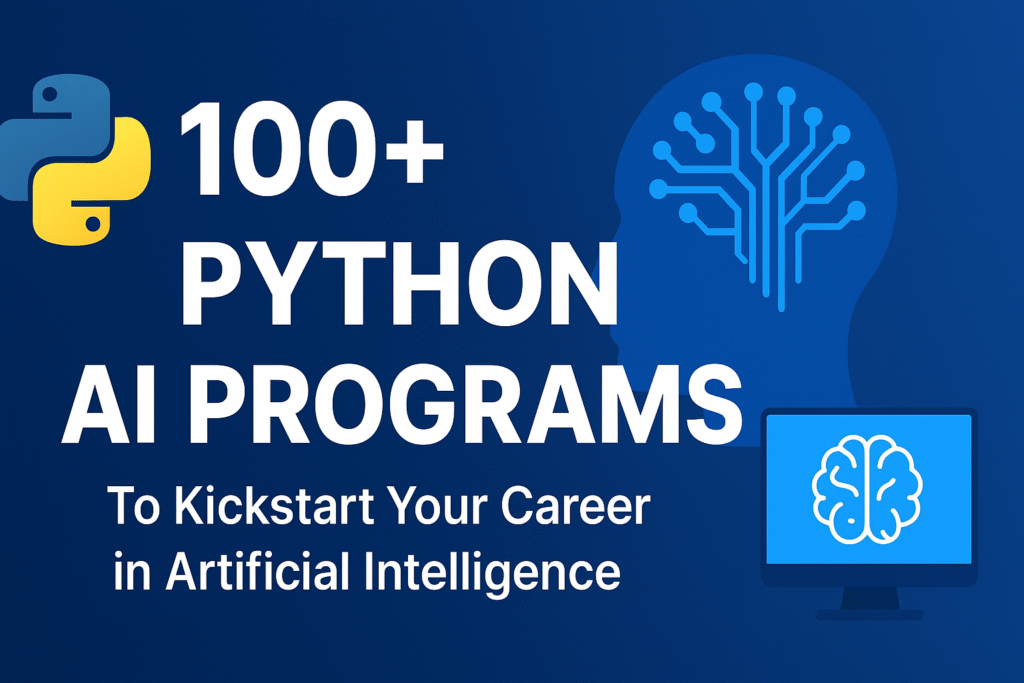
1. Hello AI – Print “Hello AI World” 2. Fibonacci Sequence Generator (Recursion vs Iteration) 3. Tic-Tac-Toe with Minimax AI 4. Rock-Paper-Scissors AI (Random...
Read More →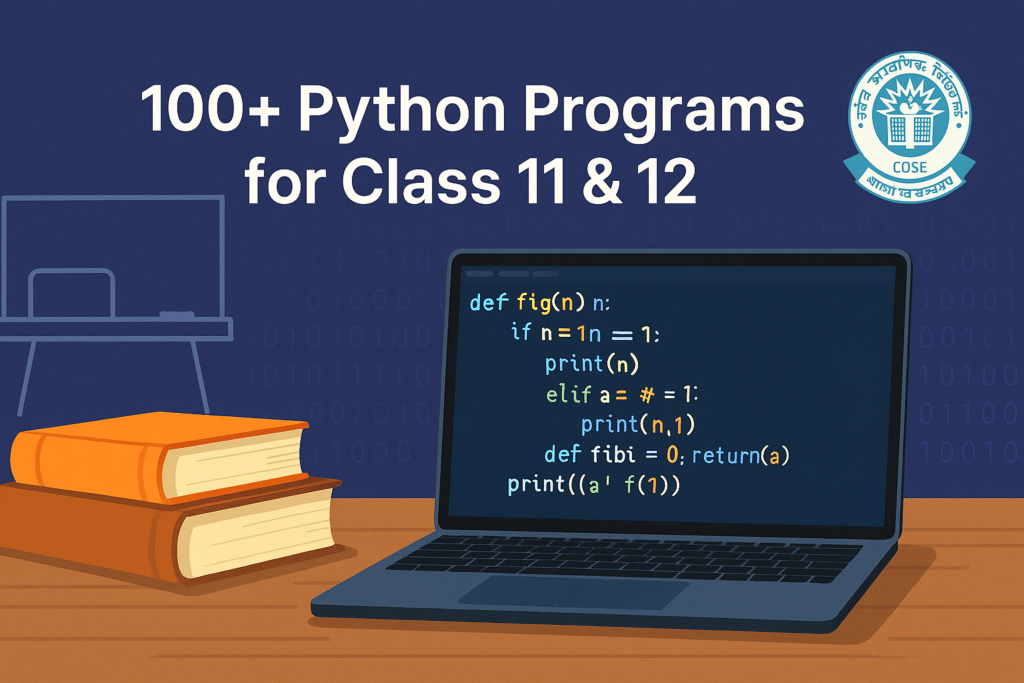
Explore 100+ CBSE Class 11 & 12 Python programs with output covering fundamentals, conditionals, loops, strings, lists, dictionaries, file handling, pandas, functions, data structures,...
Read More →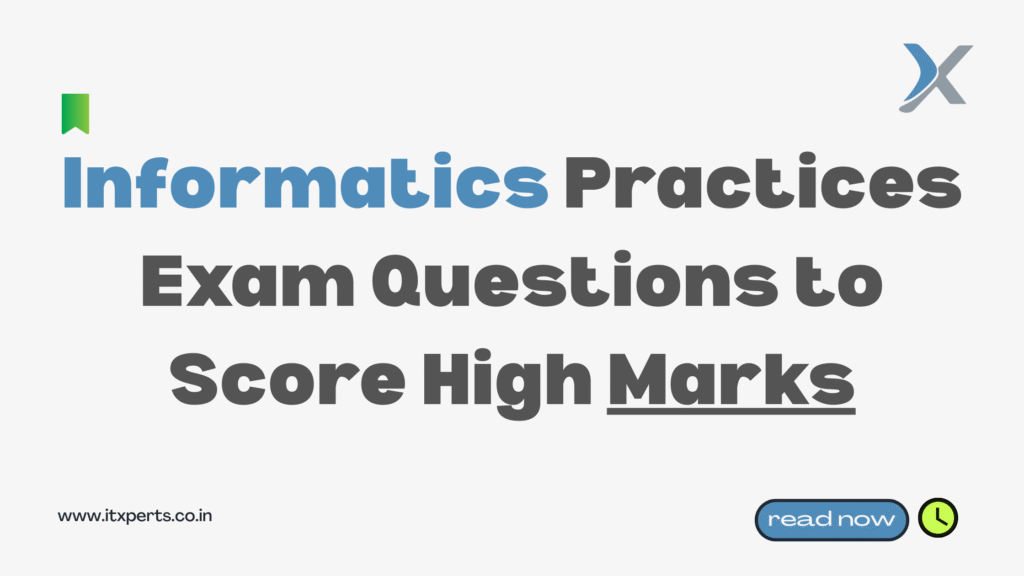
important questions and answers on Python, Pandas, and Matplotlib. Use them to practice for your Class 11 and 12 board exams and get better...
Read More →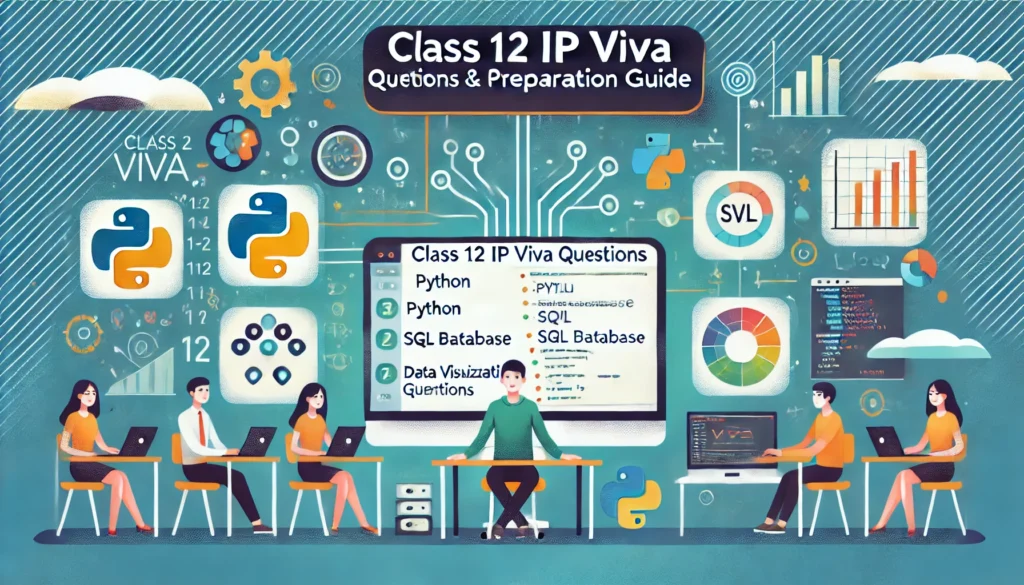
As the Class 12 CBSE board exams approach, Informatics Practices (IP) students must prepare not only for their written exams but also for the...
Read More →
Here are 50 essential Python questions and answers designed to help CBSE students ace their exams and deepen their understanding of core Python concepts
Read More →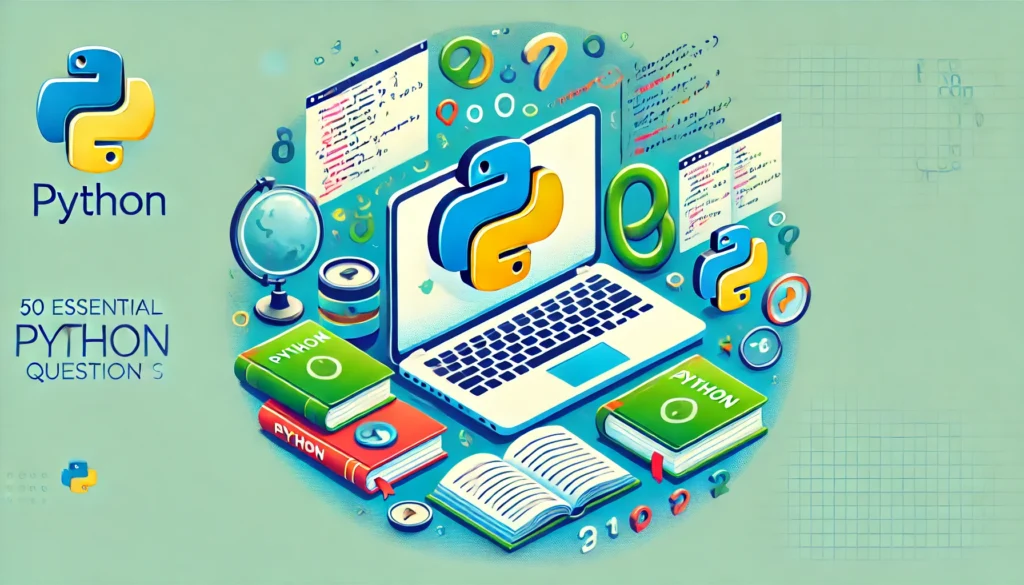
Python programming is a key part of the Computer Science curriculum for CBSE Class 11th and 12th students. To help you ace your exams,...
Read More →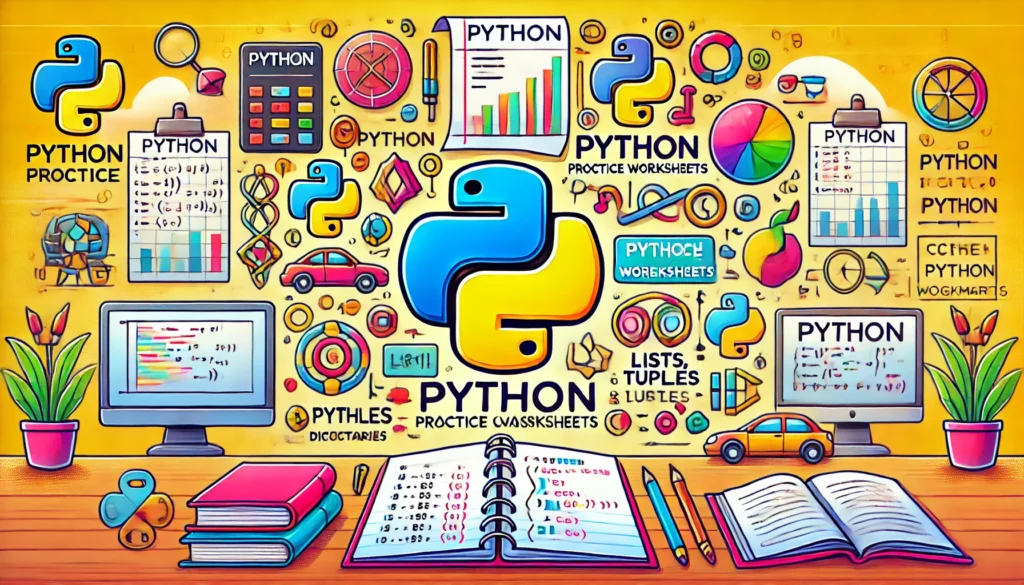
Python is a versatile and beginner-friendly programming language that is widely taught in schools. For CBSE Class 11th students, mastering the fundamentals of Python...
Read More →